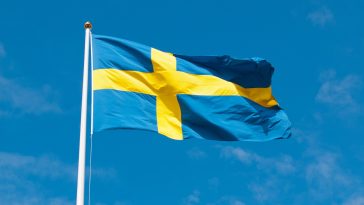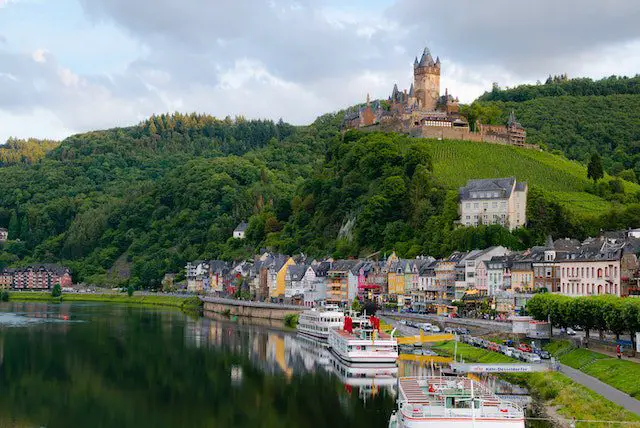Scholarship details
Child welfare remains a pressing issue globally, and in 2024, Kenya continues to confront this challenge with renewed vigor and dedication. Various organizations are stepping up to ensure the well-being of children in the country. One such organization that has been at the forefront of this mission is Save the Children Kenya.
Overview of Save the Children Kenya
Save the Children is an internationally renowned non-governmental organization (NGO) that has been working in Kenya for decades. The organization’s core mission is to improve children’s lives through better education, healthcare, and economic opportunities while providing emergency aid during disasters. Save the Children operates with a vision where every child attains the right to survival, protection, development, and participation.
In Kenya, Save the Children’s programs are diverse and far-reaching. They focus on various aspects crucial to child welfare – from healthcare initiatives targeting infant mortality rates to educational programs aiming at increasing school enrollment and literacy levels. The organization also works closely with local communities and government bodies to create sustainable solutions for children’s problems.
Insights into Kenya
Kenya is a vibrant country located on the eastern coast of Africa, known for its rich culture, stunning landscapes, and dynamic wildlife. With a population exceeding 55 million people as of 2024, it is one of Africa’s most prominent nations both economically and politically.
However, despite its natural beauty and cultural wealth, Kenya faces numerous challenges that impact child welfare significantly:
- Poverty: A significant portion of the population lives below the poverty line, impacting children’s access to basic needs such as food, shelter, education, and healthcare.
- Education: While progress has been made in increasing school enrollment rates through free primary education policies, quality remains uneven across different regions. Many children still face barriers like long distances to schools or lack of learning materials.
- Healthcare: Although healthcare facilities have improved over the years, rural areas often suffer from inadequate medical services, affecting child health profoundly, with high infant mortality rates being one stark indicator.
- Cultural Practices: Certain traditional practices, such as early marriages and female genital mutilation (FGM), continue to pose threats despite efforts toward eradication due to deep-rooted beliefs within some communities.
Education Initiatives
One major focus area for Save the Children has been enhancing educational opportunities across rural areas where infrastructure lags behind urban centers. By collaborating with local authorities, they have established numerous community-based schools equipped adequately so students can learn effectively. Additionally, teacher training programs help ensure educators deliver quality teaching consistently.
Moreover, scholarships provided by Save the Children allow meritorious yet financially disadvantaged pupils to pursue higher studies, thereby breaking cycles of poverty. Since its inception, thousands of youths have benefited immensely from these grants, enabling them to become doctors, engineers, teachers, and other professionals contributing positively to society.
Healthcare Programs
Healthcare is another critical component of the child welfare agenda actively spearheaded throughout Kenya. The focus is particularly on maternal and neonatal health, given the high susceptibility among newborns and pregnant women. Mobile clinics introduced in remote villages bring essential treatments directly to those otherwise left untreated due to logistical constraints accessing hospitals miles away.
Additionally, immunization drives aim to cover as many children as possible, ensuring protection against preventable diseases such as polio, measles, and tetanus. These efforts have substantially reduced mortality and morbidity over time, with data regularly collected and analyzed to assess the impact and effectiveness of ongoing interventions.
Protection From Harm
Ensuring the safety and security of minors is of paramount importance. Multiple projects have been launched to curb instances of abuse and exploitation, particularly in marginalized and underprivileged sections of society. These targeted interventions are designed to address issues systematically and effectively, involving coordinated efforts among various stakeholders to achieve desired outcomes.
Conclusion
The ongoing efforts of organizations like Save the Children Kenya are vital in addressing the multifaceted challenges faced by children in Kenya. Through their dedicated work in education, healthcare, and child protection, they strive to create a brighter future for every child. The continued support and commitment from all stakeholders are essential in achieving these aspirations and ensuring that every Kenyan child enjoys the rights and opportunities they deserve.
By fostering partnerships, implementing innovative solutions, and maintaining a steadfast commitment to child welfare, Kenya is making significant strides toward a more equitable and prosperous future for its youngest citizens.





















